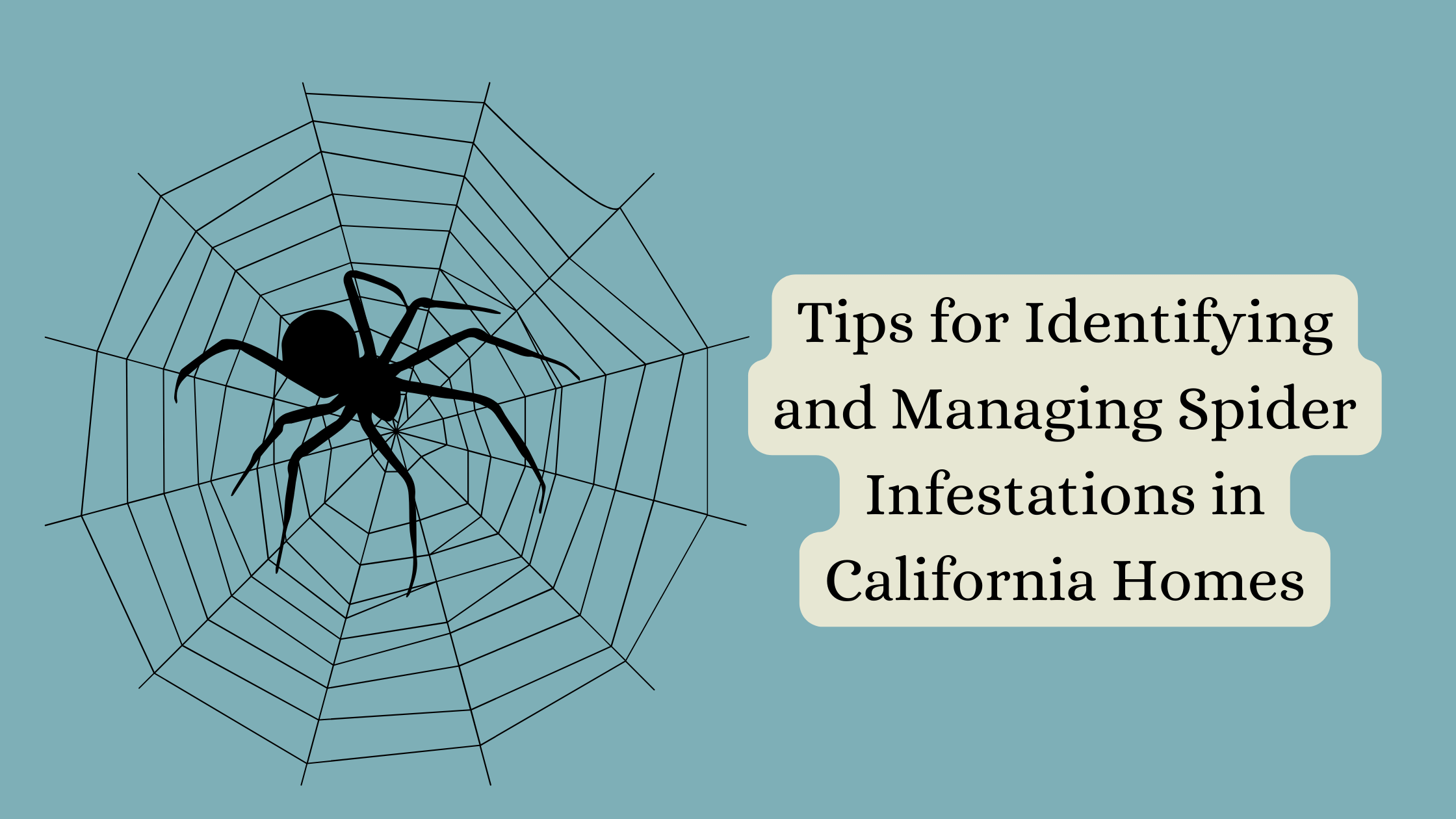
With its diverse landscapes and climates, California harbors a rich tapestry of wildlife. Among its lesser-known inhabitants are spiders, weaving intricate webs of intrigue and fascination. Given the state’s diverse climate and abundant natural surroundings, spider infestations can be a common issue in California homes. These eight-legged critters often seek refuge indoors, especially during colder months or when seeking shelter from extreme weather conditions. Identifying and managing these infestations effectively is important for maintaining a comfortable and safe living space. Here are some useful tips to help you deal with an infestation of California spiders in your home.
Understanding The Behavior
Before exploring management strategies, it’s essential to understand spider behavior. They are attracted to areas with ample food sources, such as other insects, and prefer dark, secluded spaces. Common hiding spots include corners, closets, attics, and basements. Knowing where these insects are likely to lurk can help you better target your management efforts.
Regular Cleaning and Decluttering
Keep your home clean and clutter-free to deter these insects. Regular vacuuming, dusting, and sweeping can eliminate spider webs and remove potential hiding spots. Pay close attention to areas that tend to accumulate dust and debris, such as behind furniture and appliances. Additionally, decluttering storage areas can minimize hiding places for these insects and their prey.
Sealing Entry Points
Preventing these insects from entering your home is key to long-term management. Inspect doors, windows, and foundation cracks for any gaps or openings that spiders could use to gain entry. Seal these cracks using caulk or weather stripping to create a barrier against unwanted intruders. Installing door sweeps and screens can also help keep them out while allowing for ventilation.
Outdoor Maintenance
Maintaining your outdoor surroundings can indirectly impact spider populations indoors. Trim back vegetation and bushes that come into contact with your home, as these serve as pathways for these insects to access your property. Additionally, keep firewood, mulch, and other organic materials away from the foundation to reduce harborage areas for spiders and their prey.
Natural Predators
Utilizing the power of natural predators can be an effective way to control their populations without the use of chemicals. Consider introducing beneficial insects like ladybugs, lacewings, and predatory mites into your garden or outdoor spaces. These insects feed on common prey, helping to keep populations in check naturally.
Essential Oils
Certain essential oils are known for their spider-repellent properties and can be used as a natural deterrent. Peppermint, tea tree, lavender, and citrus oils are particularly effective at repelling California spiders. Just dilute a small amount of essential oil in water and spray it near entry points, windows, and other areas prone to their activity.
Professional Pest Control Services
If spider infestations persist despite your best efforts, seeking skilled pest control services may be necessary. Pest control experts possess the knowledge and tools necessary to evaluate the extent of an infestation and execute specific treatment strategies. Additionally, they offer valuable advice on preventative measures to reduce the likelihood of future infestations.
Dealing with spider infestations in California homes requires a combination of preventive measures, regular maintenance, and strategic management strategies. By understanding their behavior and implementing the tips outlined above, you can effectively identify and manage infestations while maintaining a comfortable living environment for you and your family. Consistency is key, and promptly addressing potential issues can help prevent larger infestations.